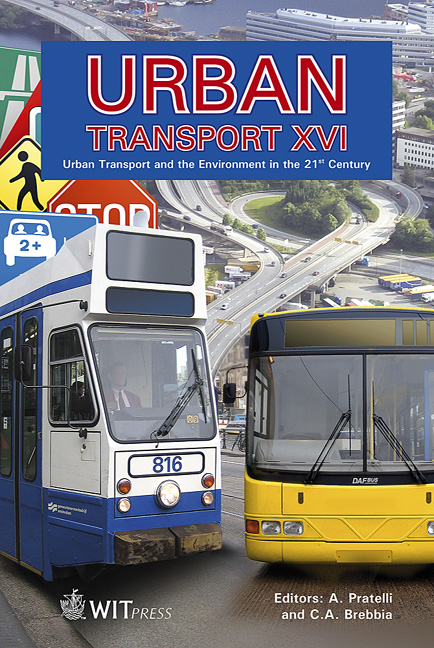A System Of Models For Signal Setting Design Of A Signalized Road Network In Evacuation Conditions
Price
Free (open access)
Transaction
Volume
111
Pages
11
Page Range
313 - 323
Published
2010
Size
352 kb
Paper DOI
10.2495/UT100281
Copyright
WIT Press
Author(s)
F. A. Marcianò, G. Musolino & A. Vitetta
Abstract
This paper proposes a system of models and procedures for the signal setting design of signalized intersections in a road transport network with endogenous estimation of origin-destination path flows. The system of models and procedures is able to support signal setting design for a road transport network both in ordinary and evacuation conditions. Keywords: signal setting, design model, evacuation conditions. 1 Introduction Nowadays signal control is considered an effective strategy to increase network capacity and to mitigate congestion phenomena, as shown in several papers of scientific literature. Current signal setting design models and procedures do not provide solutions that take into account users behaviour at path choice level in response to supply system modifications; moreover, they are not conceived for the analysis of road transport systems in evacuation conditions. The paper presents a system of models and procedures for the signal setting design of signalized intersections in a road transport network with endogenous estimation of origin-destination path flows. The system of models and algorithms is able to support signal setting design for a road transport network both in ordinary and evacuation conditions. The problem of signal setting design of signalized intersections in a road network is defined as an optimization problem (design model) subjected to equilibrium constraint; in other words, travel demand flows must be coherent with travel times generated by signal setting parameters.
Keywords
signal setting, design model, evacuation conditions





